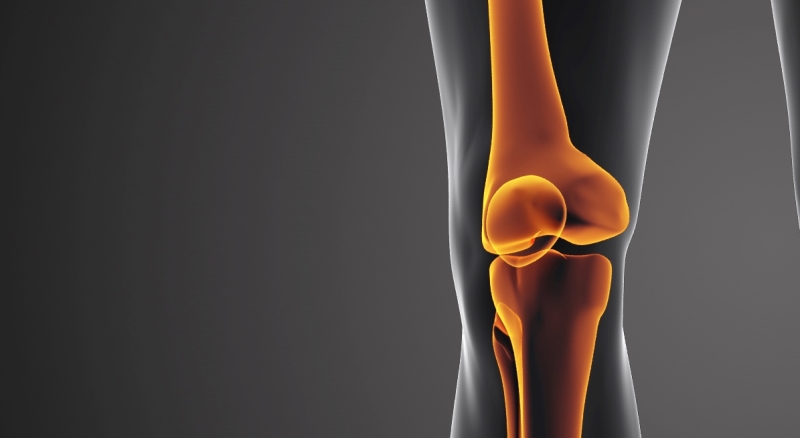Should I have meniscus surgery?

Should I have meniscus surgery?
One of the main questions that patients who have a broken meniscus are asked is whether it is necessary to have surgery or whether it can be solved conservatively. We will answer a number of questions to better understand the context of a meniscus injury.
What are meniscus?
The meniscus are two knee pads made of a component known as a fibrocartilage located between the bone of the tibia and the femur. Its function is to cushion the shock between these two bones and increase the congruence, since the shape of the tibia and femur do not correspond and do not fit exactly. Thus, they distribute the transmission of loads better and the knee is more effectively stabilized.
How do the meniscus break?
There are two fundamental ways to break a meniscus.
1) Traumatic. After an obvious bad gesture. For example, playing sports or slipping on a sidewalk. It's an acute break due to that point twist.
2) Degenerative. It is due to the continuous wear and tear experienced by the joint. It can be deduced that this last form is more common from the 5th decade of life and are breaks of chronic origin, that is, they have been occurring with the passage of time.
What are the symptoms of a ruptured meniscus?
The main symptom is pain,located on the inside or outside of the knee (depending on whether the torn meniscus is the inner or outer). The same pain obviously causes a reduction in knee mobility.
In specific cases, this decrease in mobility is maximum because the knee can suffer a blockage,because a piece of meniscus is loose inside the knee and prevents the normal mobility of the joint. Finally, there may be a joint effusion (or fluid buildup) inside the knee.
This accumulation is not immediate, but usually occurs in the course of hours or days (it should be mentioned that the rupture of a cruciate ligament does associate an accumulation of fluid ipso facto).
How is meniscus rupture diagnosed?
The main tool that the traumatologist has to diagnose and decide on the treatment of a meniscus rupture is the physical examination of the knee. When the exploratory maneuver of macmurray rotation is painful, the rupture of the meniscus should be suspected. In degenerative breaks, most of the time such a maneuver is not painful and the patient simply refers pain to the pressure in the contact area between the femur and tibia (interline) by the wear of the joint.
The traumatologist will be able to use complementary imaging tests such as simple x-rays and MRI to make the final treatment decision.
Should we always have an MRI?
You don't always have to have an MRI on all knee pains. It is true that the meniscus cannot be seen on simple x-rays and mri is the only complementary imaging test that can diagnose meniscus rupture.
In active people who practice sports and have suffered a bad gesture with a possible traumatic injury to the meniscus (and other structures of the knee) it may be helpful to have an MRI initially. However, in cases of degenerative ruptures, a simple X-ray can already provide enough information for the traumatologist and makes it unnecessary to perform the resonance.
It should be noted that many studies have been published where there is no correlation between the findings of the resonance and the patient's symptoms. There is even a percentage of people where the MRI indicates the rupture of a meniscus and that person is totally asymptomatic. The European society of knee, sport and arthroscopy (ESSKA) published in 2016 a consensus document where it recommends, in people with suspected degenerative rupture of the meniscus, to initially perform simple x-rays and start non-surgical treatment. If after 3 months the symptoms have not improved, then it is recommended to perform an MRI.
Should we always operate on a meniscus tear?
You don't have to operate all the broken meniscus. It is essential to individualize each case and each type of breakage. The decision of the traumatologist will be based above all on the physical examination and the symptoms that the patient refers.
Traumatic meniscus rupture.If the pain limits the patient's usual activities including sports, the physical examination agrees with a possible meniscus injury and on the MRI the lesion is observed, surgical treatment with arthroscopy is recommended.
Degenerative meniscus rupture.Referring to the European consensus document already mentioned, a non-surgical treatment that includes analgesic and /or anti-inflammatory drugs, rehabilitation treatment and infiltrations in the knee should be initiated. If after 3 months, symptoms persist, an MRI will be performed. If the imaging tests (x-rays and MRI) show no signs of osteoarthritis and cartilage wear, surgical treatment by arthroscopy to trim the torn meniscectomy (meniscectomy) may be considered. If, on the other hand, imaging tests indicate the presence of osteoarthritis, performing an arthroscopy does not make sense and the symptoms in the short-medium term may even worsen.



